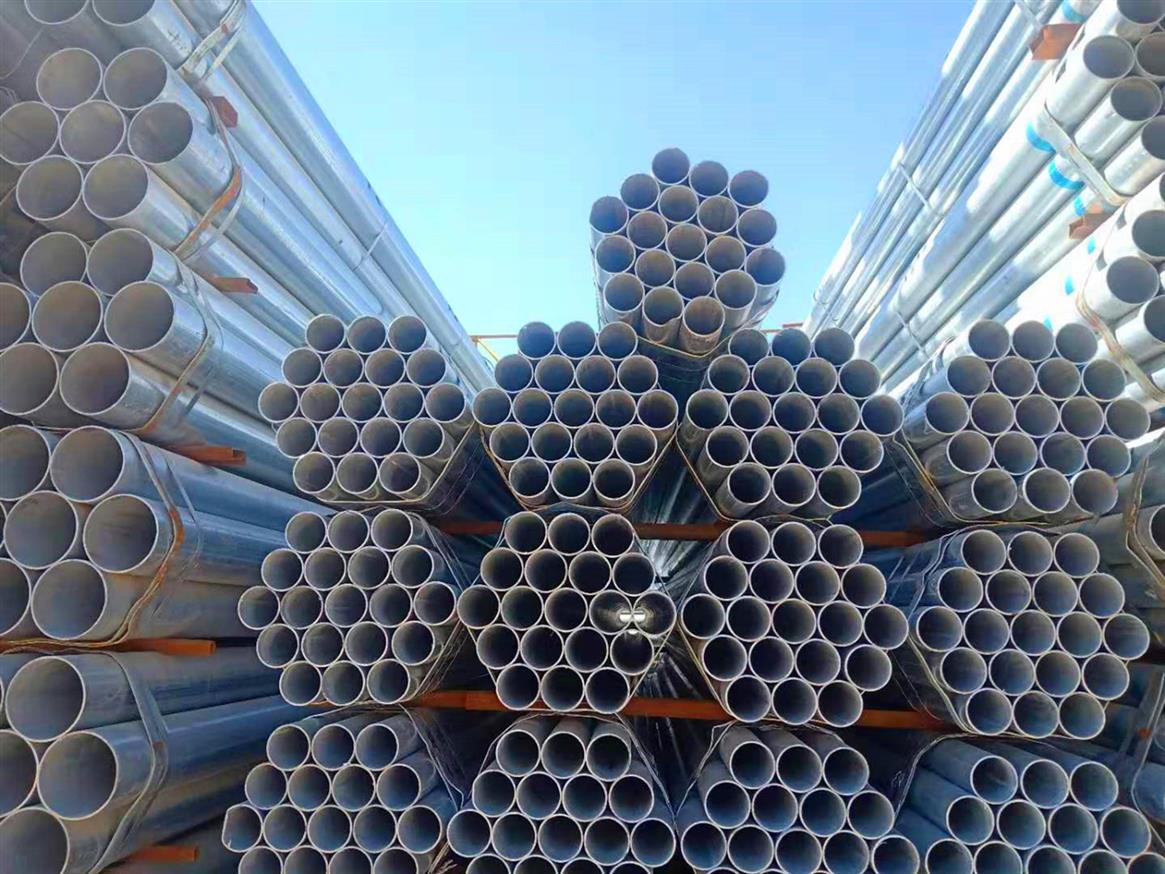Fu Linghui, a spokesman for the National Bureau of Statistics of the People’s Republic of China, said on Aug. 16 that rising international commodity prices have put more pressure on domestic imports this year as the economy continues to recover. The apparent rise in the PPI in the last two months has started to level off. The PPI rose 9% , 8.8% and 9% in May, June and July, respectively, from a year earlier. Therefore, price increases are stabilizing, indicating that domestic price stability is gaining strength in the face of international commodity price input pressure, and prices are beginning to stabilize. Specifically, the PPI has the following characteristics: First, the Means of production price increase is relatively large. In July, Means of production prices rose 12% from a year earlier, a bigger increase than the previous month. However, the price of means of livelihood rose by 0.3% year-on-year, maintaining a low level. Second, the price increase in the upstream industry is relatively high. The price increase in the extractive industries and the raw materials industry is obviously higher than that in the processing industry. In the next stage, industrial prices will remain high for some time. International Commodity Price increases will continue as the domestic economy recovers. In the face of rising prices, the domestic government introduced a series of measures to ensure supply and stabilize prices, to promote price stability. However, due to the relatively large increase in upstream prices, which has a negative impact on the production and operation of enterprises in the middle and lower reaches of the river, in the next stage we will continue to deploy according to the central government, increase efforts to ensure supply and stabilize prices, and increase support for downstream industries, small and medium-sized micro enterprises,maintaining overall price stability. With regard to commodity prices, changes in domestic commodity prices are closely linked to international markets. Overall, international commodity prices will remain high for some time to come. First, the global economy as a whole is recovering and market demand is increasing. Second, the supply of commodities in major raw material producing countries is tight due to the epidemic situation and other factors, especially the tight international shipping capacity and rising international shipping prices, which have also pushed the prices of related commodities to remain high. Third, due to the fiscal stimulus and monetary liquidity in some major developed economies, fiscal stimulus has been relatively strong and market liquidity has been relatively abundant, increasing the upward pressure on commodity prices. Therefore, in the near term, international commodity prices due to the above three factors continue to exist, high commodity prices will continue to run.
Post time: Aug-20-2021
